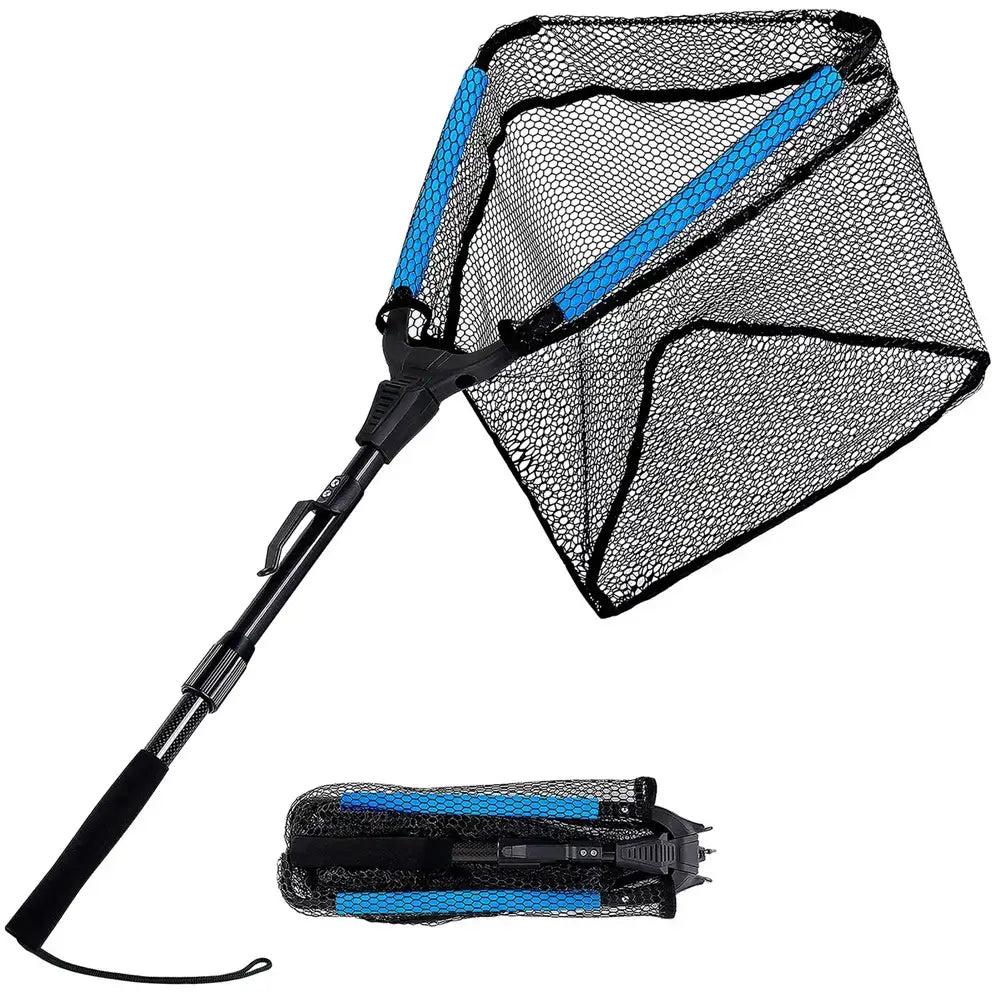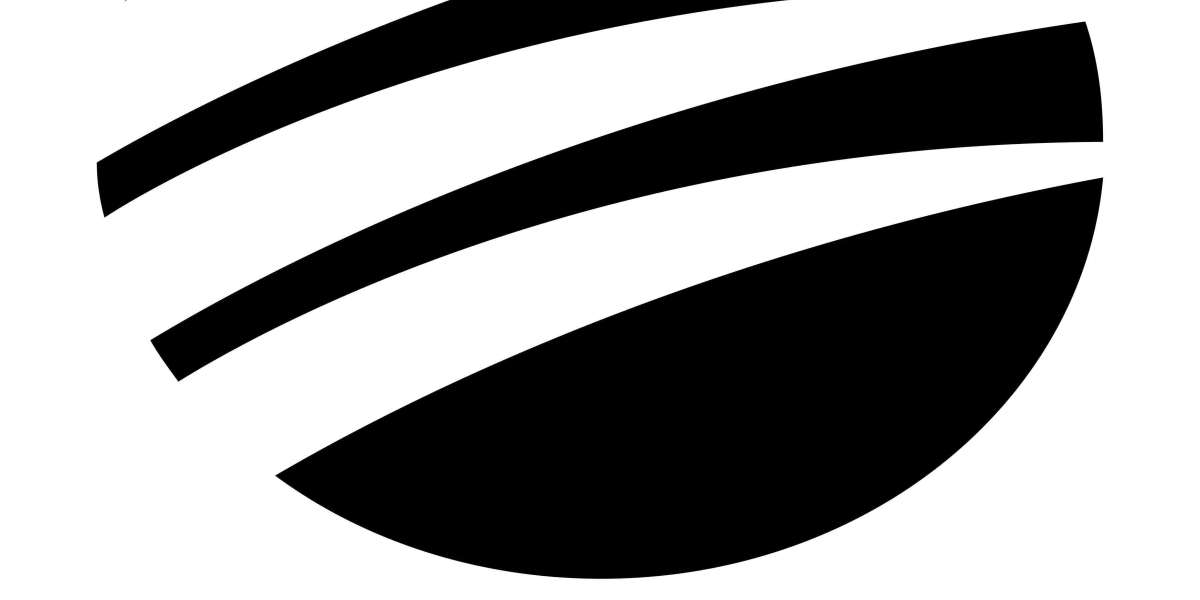The fishing industry plays a crucial role in providing food and livelihoods for millions of people around the world. However, it also faces significant challenges, such as overfishing and bycatch. Bycatch refers to the unintentional capture of non-target species, including endangered marine animals and seabirds, which can have devastating ecological consequences.

The Importance of Innovative Net Designs
In recent years, there has been a growing focus on developing innovative net designs that can boost efficiency and reduce bycatch in the fishing industry. These designs aim to minimize the capture of non-target species while maximizing the catch of target species, ultimately promoting sustainable fishing practices.
One such design is the use of escape panels or grids in fishing nets. These panels allow smaller, non-target species to escape while retaining the larger target species. By incorporating escape panels into their nets, fishermen can significantly reduce bycatch without compromising their catch of commercially valuable species.
Technological Advancements in Net Design
Advancements in technology have also played a crucial role in developing innovative net designs. For example, the use of acoustic devices in fishing nets can help deter marine mammals, such as dolphins and whales, from approaching the nets. These devices emit sounds that are unpleasant to these animals, effectively reducing their interactions with fishing gear and minimizing the risk of entanglement.
Additionally, the use of LED lights in fishing nets has shown promising results in reducing bycatch. LED lights can be strategically placed on the nets to attract target species while repelling non-target species. This innovative approach takes advantage of the different visual sensitivities of various marine species, ensuring that only the desired catch is captured.
Collaborative Efforts and Knowledge Sharing
Addressing the challenges of bycatch requires collaboration and knowledge sharing among fishermen, scientists, and policymakers. Initiatives such as the Global Bycatch Exchange provide a platform for stakeholders to share best practices, innovative ideas, and success stories in reducing bycatch. By fostering collaboration, these initiatives promote the adoption of innovative net designs and contribute to the overall sustainability of the fishing industry.
Furthermore, partnerships between fishing communities and conservation organizations have proven to be effective in implementing innovative net designs. These partnerships often involve training programs and the provision of alternative fishing gear that reduces bycatch. By working together, fishermen and conservationists can find practical solutions that benefit both the environment and the fishing industry.
The Future of Innovative Net Designs
The development and adoption of innovative net designs are crucial for the long-term sustainability of the fishing industry. As technology continues to advance, we can expect further improvements in net designs that minimize bycatch and maximize efficiency.
For example, the use of artificial intelligence and machine learning algorithms can help analyze data on fishing practices and environmental conditions to optimize net designs. By incorporating real-time information, these intelligent nets can adapt to changing conditions and reduce the capture of non-target species.
In conclusion, innovative net designs are playing a vital role in boosting efficiency and reducing bycatch in the fishing industry. Through the use of escape panels, acoustic devices, LED lights, and collaborative efforts, fishermen can minimize the unintentional capture of non-target species while ensuring a sustainable catch. Continued research, knowledge sharing, and technological advancements will further enhance these designs, paving the way for a more sustainable and responsible fishing industry.








